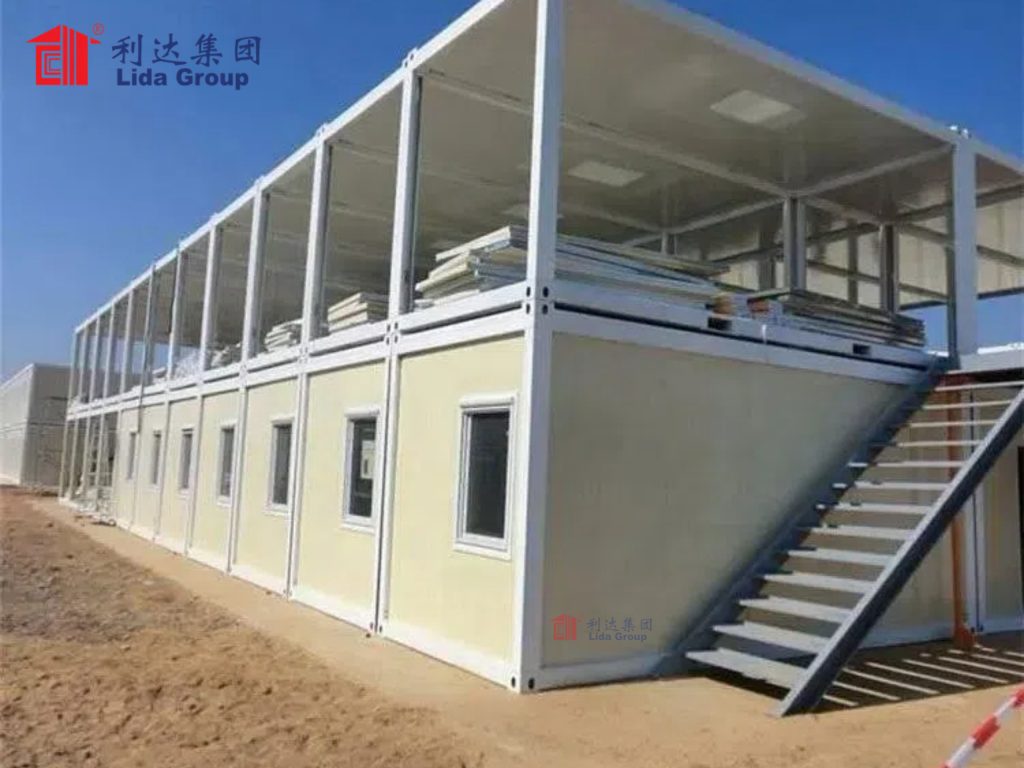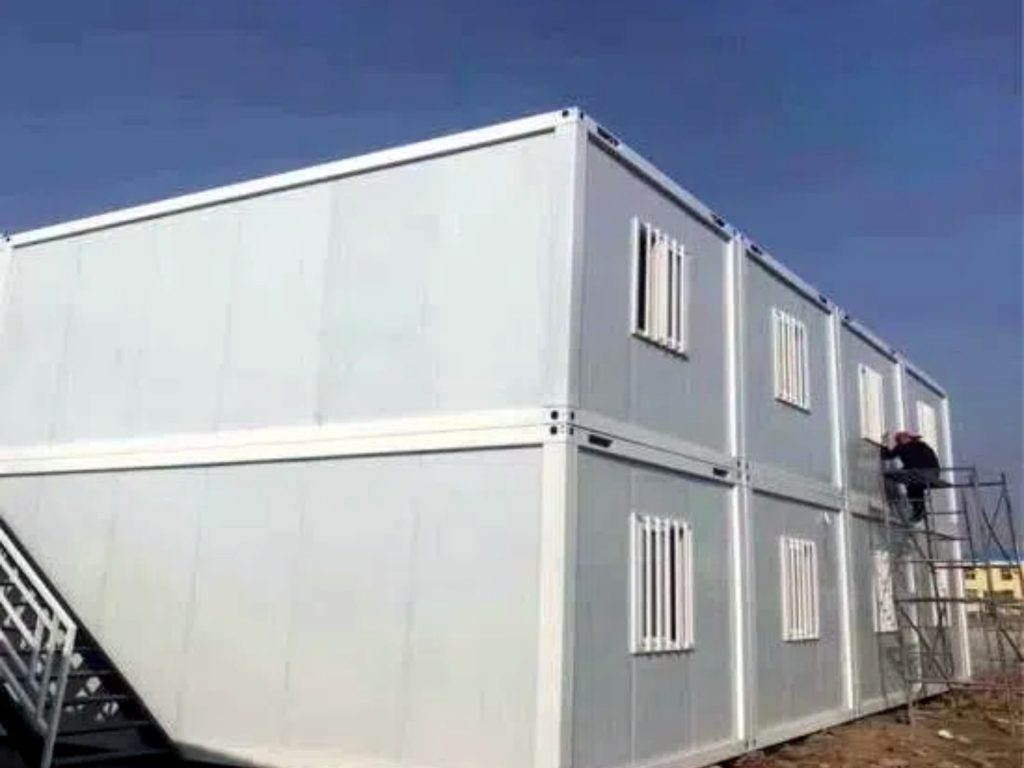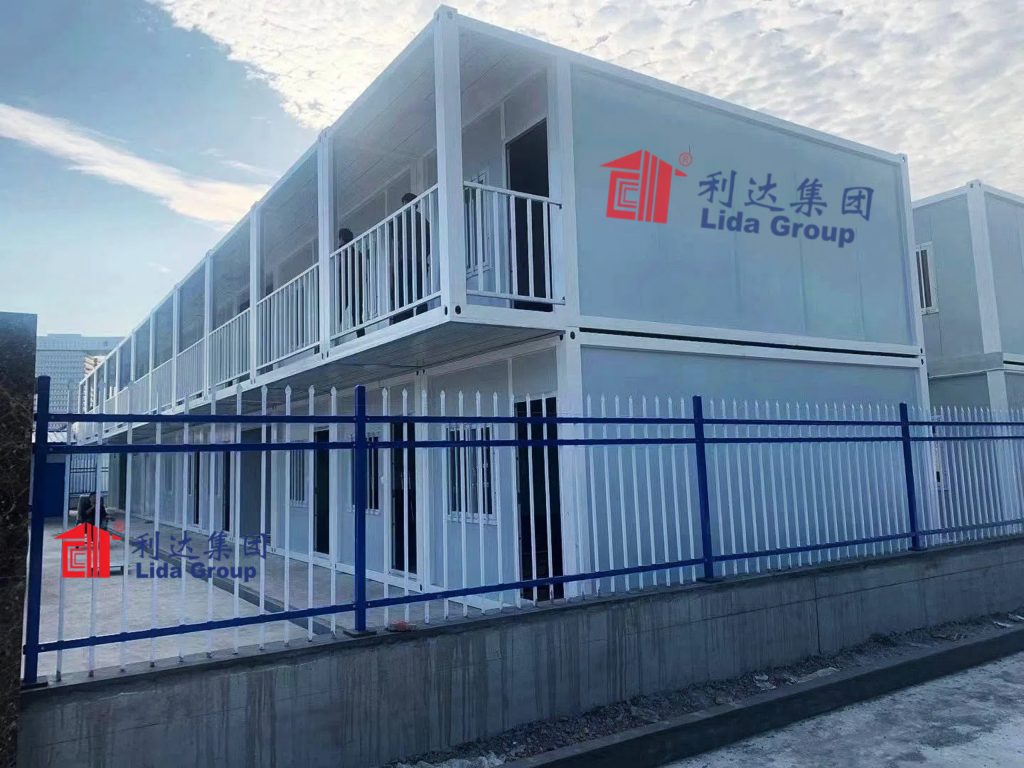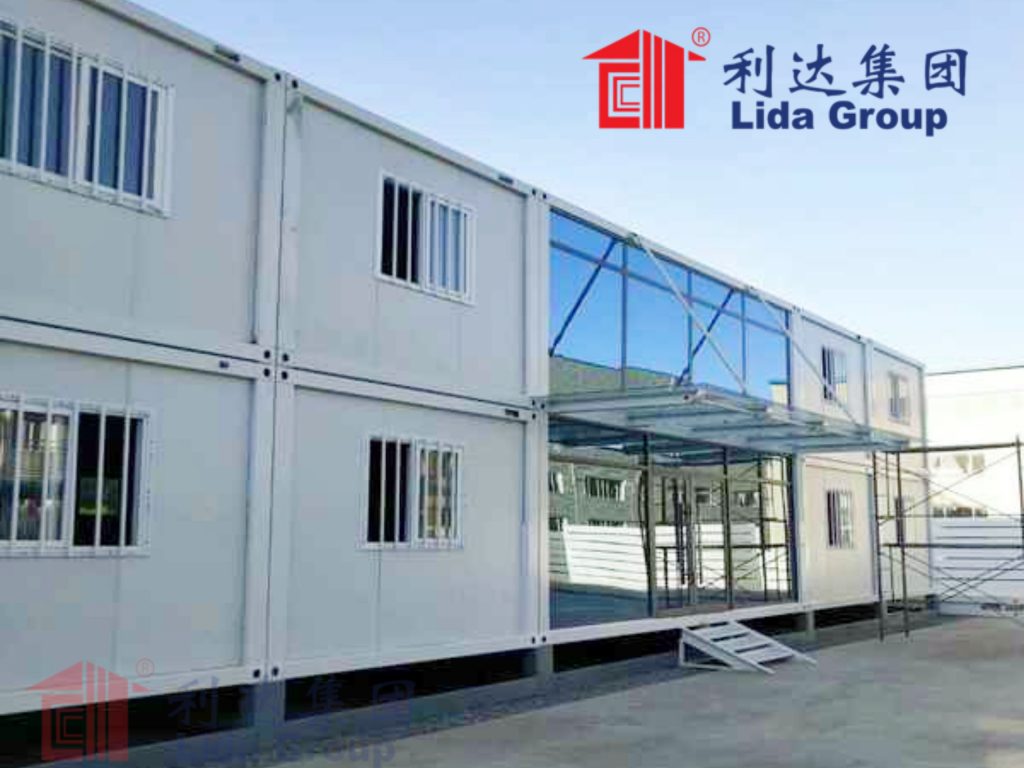**Introduction**
The decision to build a container home is an exciting one, offering a unique blend of sustainability, affordability, and modern design. However, one of the most critical steps in the process is choosing the right location for your steel shelter. The site you select will impact not only the functionality and comfort of your home but also its long-term value and sustainability. Whether you’re planning to build in a rural area, an urban setting, or somewhere in between, selecting the perfect site requires careful consideration of various factors.
This article explores the key factors to consider when choosing a location for your container home. From zoning laws and environmental conditions to accessibility and aesthetics, we’ll guide you through the process of finding the ideal site for your steel shelter. By the end of this guide, you’ll have a clear understanding of what to look for and how to make an informed decision that aligns with your vision and lifestyle.
—
**Why Site Selection Matters**
The location of your container home plays a crucial role in its success. Here are some reasons why site selection is so important:
1. **Compliance with Regulations**: Choosing a site that complies with local zoning laws and building codes ensures a smooth approval process and avoids legal issues.
2. **Environmental Impact**: The right site minimizes environmental disruption and maximizes sustainability, allowing you to live in harmony with nature.
3. **Accessibility and Convenience**: A well-located site provides easy access to essential services, transportation, and amenities, enhancing your quality of life.
4. **Aesthetic Appeal**: The natural beauty and surroundings of your site contribute to the overall ambiance and enjoyment of your home.
5. **Long-Term Value**: A strategically chosen site can increase the resale value of your container home and ensure its longevity.

**Step 1: Understanding Zoning Laws and Building Codes**
Before you start searching for a site, it’s essential to understand the zoning laws and building codes in your desired area. These regulations dictate what you can build, where you can build it, and how the structure must be designed.
### **1.1 Zoning Laws**
Zoning laws vary by location and determine how land can be used. Common zoning categories include residential, commercial, agricultural, and industrial. Ensure that your chosen site is zoned for residential use or allows container homes specifically.
### **1.2 Building Codes**
Building codes set standards for construction quality, safety, and accessibility. Check with your local planning department to understand the specific requirements for container homes in your area. Key considerations include:
– **Structural Modifications**: Some codes may require additional reinforcement for container homes, especially if you plan to cut windows or doors.
– **Insulation and Ventilation**: Proper insulation and ventilation are often required to ensure a safe and comfortable living environment.
– **Utilities**: Ensure that your site can accommodate essential utilities such as water, electricity, and sewage.
### **1.3 Permits and Approvals**
Obtaining the necessary permits and approvals is a critical step in the site selection process. Work with your local planning department to understand the requirements and ensure your project complies with all regulations.
—
**Step 2: Evaluating Environmental Conditions**

The environmental conditions of your site will impact the design, construction, and livability of your container home. Here are some key factors to consider:
### **2.1 Climate**
The climate of your chosen location will influence the design and materials used in your container home. Consider factors such as:
– **Temperature**: Extreme heat or cold may require additional insulation and HVAC systems.
– **Precipitation**: Areas with heavy rainfall or snowfall may require reinforced roofing and drainage systems.
– **Wind**: High winds may necessitate additional structural support and secure anchoring.
### **2.2 Topography**
The topography of your site affects the construction process and the overall design of your home. Consider:
– **Slope**: A sloped site may require additional foundation work but can offer stunning views and natural drainage.
– **Soil Type**: The soil type impacts the stability of your foundation. Conduct a soil test to ensure the ground can support your container home.
– **Drainage**: Proper drainage is essential to prevent water accumulation and potential damage to your home.
### **2.3 Natural Hazards**
Evaluate the risk of natural hazards such as floods, earthquakes, and wildfires. Choose a site that minimizes these risks and consider incorporating protective measures into your design.
—
**Step 3: Assessing Accessibility and Infrastructure**
Accessibility and infrastructure are crucial factors in determining the convenience and functionality of your container home. Here’s what to consider:
### **3.1 Proximity to Services**
Consider the distance to essential services such as grocery stores, healthcare facilities, schools, and workplaces. A site that is close to these amenities enhances your quality of life and reduces travel time.
### **3.2 Transportation**
Evaluate the accessibility of your site in terms of transportation. Consider:
– **Road Access**: Ensure that your site is accessible by road and that the roads are well-maintained.
– **Public Transportation**: If you rely on public transportation, choose a site with easy access to bus stops, train stations, or other transit options.
– **Parking**: Ensure that your site has adequate parking space for vehicles.
### **3.3 Utilities**
Access to essential utilities is a critical consideration. Evaluate the availability of:
– **Water**: Ensure that your site has access to a reliable water source, whether through a municipal supply, well, or rainwater harvesting system.
– **Electricity**: Check the availability of electrical connections and consider alternative energy sources such as solar panels.
– **Sewage**: Determine the options for sewage disposal, whether through a municipal system, septic tank, or composting toilet.

**Step 4: Considering Aesthetics and Surroundings**
The aesthetics and surroundings of your site contribute to the overall ambiance and enjoyment of your container home. Here’s what to look for:
### **4.1 Natural Beauty**
Choose a site that offers natural beauty, such as scenic views, lush greenery, or proximity to water bodies. The natural surroundings enhance the visual appeal and tranquility of your home.
### **4.2 Privacy**
Consider the level of privacy offered by your site. A secluded location provides a sense of solitude and peace, while a more open site may offer opportunities for community interaction.
### **4.3 Noise Levels**
Evaluate the noise levels in your desired location. A quiet site away from busy roads or industrial areas ensures a peaceful living environment.
### **4.4 Future Development**
Consider the potential for future development in the area. A site in a growing community may offer increased property value and access to new amenities, while a more remote location may provide long-term tranquility.
—
**Step 5: Budget and Financial Considerations**
Your budget plays a significant role in determining the feasibility of your chosen site. Here are some financial factors to consider:
### **5.1 Land Cost**
The cost of land varies widely depending on location, size, and desirability. Determine your budget and choose a site that fits within your financial constraints.
### **5.2 Site Preparation**
Consider the cost of site preparation, including clearing, grading, and foundation work. A site that requires extensive preparation may increase your overall budget.
### **5.3 Utility Connections**
Evaluate the cost of connecting to essential utilities such as water, electricity, and sewage. In some cases, alternative solutions such as solar panels or rainwater harvesting may be more cost-effective.
### **5.4 Property Taxes**
Research the property tax rates in your desired location. Higher property taxes can impact your long-term financial planning.
—
**Step 6: Sustainability and Environmental Impact**
Sustainability is a key consideration for many container home enthusiasts. Here’s how to choose a site that aligns with your eco-friendly goals:
### **6.1 Renewable Energy**
Choose a site that allows for the installation of renewable energy sources such as solar panels or wind turbines. This reduces your reliance on non-renewable energy and lowers your carbon footprint.
### **6.2 Water Conservation**
Consider sites that support water conservation practices, such as rainwater harvesting or greywater recycling. These systems reduce water waste and promote sustainable living.
### **6.3 Landscaping**
Incorporate native plants and sustainable landscaping practices to enhance the natural beauty of your site while minimizing environmental impact.
### **6.4 Waste Management**
Plan for efficient waste management systems, such as composting and recycling, to reduce your environmental footprint.

**Step 7: Legal and Ownership Considerations**
Ensuring that you have clear legal ownership of your site is essential. Here’s what to consider:
### **7.1 Land Ownership**
Verify that the land you intend to purchase is free from legal disputes or encumbrances. Work with a real estate attorney to ensure a smooth transaction.
### **7.2 Easements and Rights of Way**
Check for any easements or rights of way that may affect your use of the land. These legal agreements can impact your ability to build or access your site.
### **7.3 Title Insurance**
Obtain title insurance to protect against any unforeseen legal issues related to land ownership.

**Conclusion**
Choosing the right site for your container home is a critical step in the journey of creating your steel shelter. By considering factors such as zoning laws, environmental conditions, accessibility, aesthetics, budget, sustainability, and legal considerations, you can make an informed decision that aligns with your vision and lifestyle.
The perfect site not only enhances the functionality and comfort of your container home but also contributes to its long-term value and sustainability. Whether you’re seeking a secluded retreat in nature or a modern urban dwelling, careful site selection ensures that your container home meets your needs and reflects your unique style.
In conclusion, the process of choosing a container home site requires thorough research, careful planning, and a clear understanding of your priorities. By following the guidelines outlined in this article, you can find the ideal location for your steel shelter and embark on the exciting journey of building your dream home. With the right site, your container home will be a testament to innovation, sustainability, and personalized design.

Related news
-
Clever Container Home Designs: 21 Inspiring Examples of Small Space Layouts and Styling
2025-03-21 17:06:00
-
DIY Container Renovation on a Budget: Affordable Ways to Customize Your Box Unit Without Breaking the Bank
2025-03-21 17:23:08
-
Planning Permission for Container Builds: What Hoops You'll Need to Jump Through for Regs Compliance
2025-03-21 16:33:49
contact us
- Tel: +86-532-88966982
- Whatsapp: +86-13793209022
- E-mail: sales@lidajituan.com


